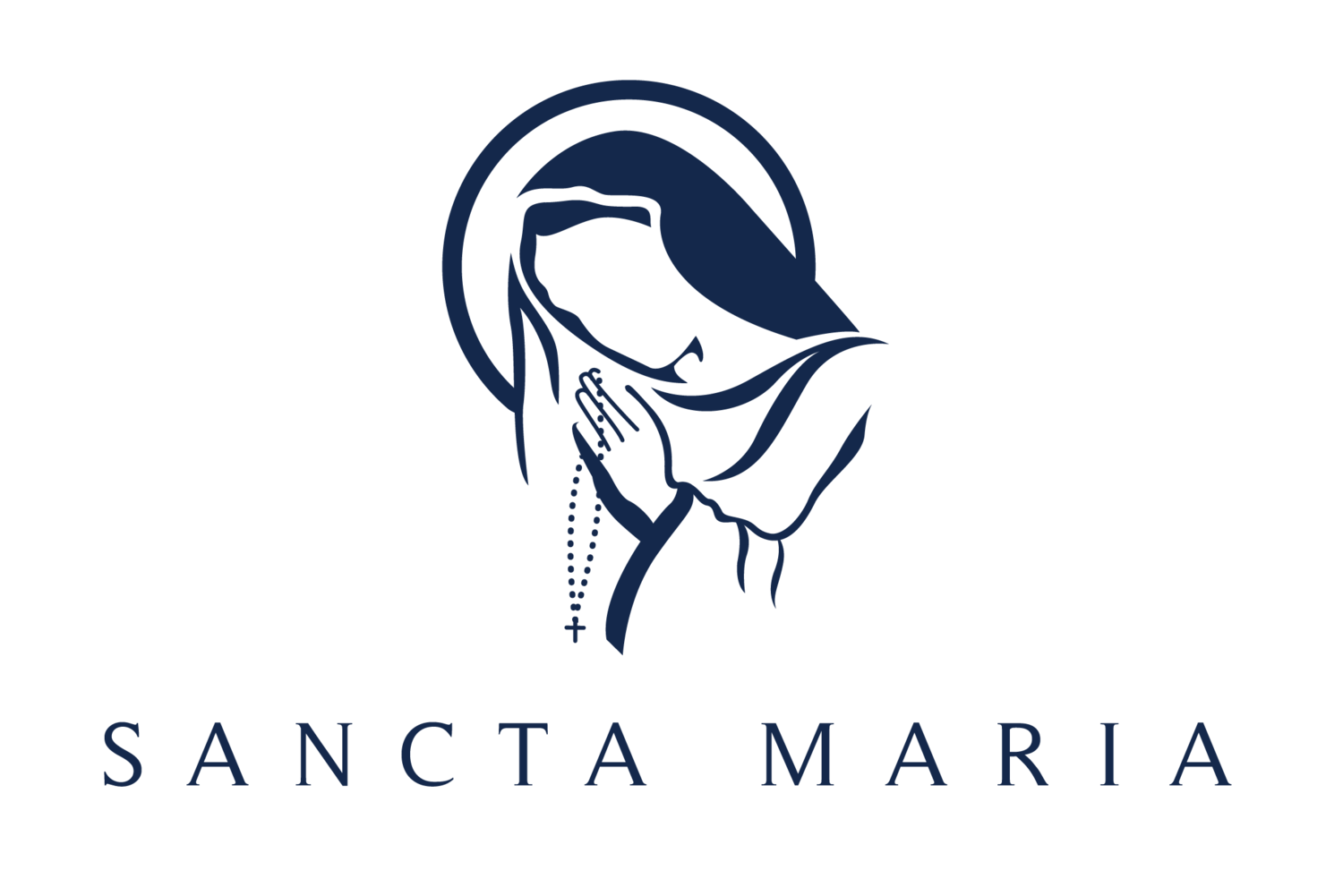THE ATRIUM at Sancta Maria
The heart of a Catholic Montessori school resides in the environment called the Atrium – the specially prepared place of prayer for the child where he comes in contact with the Word of God along with materials that help him to enter into the events in the life of Our Lord, the seasons and feasts of the Church and the sacraments.
Inspired by Pope Pius X to create materials to help the child understand the mystery of the Mass, Dr. Montessori developed the separate environment of the Atrium in 1910 – just three years after developing her initial Casa Dei Bambini environment.
Originally the Atrium environment was a separate room entered into directly from the main Casa environment where materials for geometry, language, math, etc., were found. After the Atrium was established Montessori remarked that it was in this space that her whole method came to its fruition. She said it was the children who showed her that the activities they desired to engage with the most – the exercises for coordinated movement, the silence game, the rituals within the practical life exercises - which they performed with the greatest concentration – were the very skills needed to participate in the liturgy of the Church. She called the liturgy ‘the great teaching tool of the Catholic Church’ and what adults needed to do was to provide the young child with his own space to come in contact with what he lives in the liturgy but made for his size and rhythm of life. Montessori said the parents give the ‘whole’ by bringing the child to Mass; the Atrium provides the opportunity to examine ‘the parts’.
Montessori stated that religion must never be looked at as a ‘subject to be taught’; what we are aiming at, she said, is the development of a relationship which already exists – the relationship between God and the child. Just as Blessed John Paul II stated that true catechesis must be as much about he who is being catechized as it is the message of Christ, Montessori said that the child must be permitted to enter into his own unique relationship with God in his own way. Early in her work a child said to her, ‘help me to help myself’, rather than doing it for me; in the Atrium the cry of the child is seen as ‘help me to come to God by myself’. The particular needs of the child must be respected most of all in the passing on of the message of Love.
Montessori handed over the development of the Atrium to her close friend and collaborator Gianna Gobbi. In 1950 Gobbi introduced the work to Dr. Sofia Cavaletti and a new development within Catholic Montessori environments occurred. The Catechesis of the Good Shepherd combined the discoveries of Montessori and the preparation of an Atrium environment to form a worldwide catechetical program in which adults and children come together in prayer. In 2009 the Missionaries of Charity, the order founded by Blessed Theresa of Calcutta, officially adopted the Catechesis of the Good Shepherd as their primary method of catechesis. Recently many fast growing orders within the Church – the Nashville Dominicans, the Society of Our Lady and the Holy Trinity, among others – have also been utilizing this method. In most places where an Atrium exists, it is either within a parish setting or a private home where the Atrium session meets once a week for two hours. Within a Montessori school, the children have the opportunity to spend time in the Atrium five days a week.
The Atrium environments change as the child grows because it follows the natural development of the human person. For example, the Atrium for ages 6 – 12 years, the time of the beginning of the age of reason and the formation of the conscience, differs tremendously from the Atrium for ages 0 – 6, or ages 12-15 years. Montessori believed the term ‘Atrium’ was appropriate for this type of catechesis because this was the name given to the room in the ancient basilicas where the catechumens were instructed prior to being received into the Church at the Easter Vigil. After the young person receives the sacrament of Confirmation Montessori saw no longer a need for a separate place of prayer. Now, as an adult in the Church, they can begin participating in an Atrium setting as a young adult assisting the children. There is so much beauty and wonder of these two different periods of life coming together to listen and respond to God’s Word.
For further information regarding the Atrium we recommend the following books:
The Child in the Church, by Dr. Maria Montessori
The Religious Potential of the Child I & II, by Dr. Sofia Cavalletti
Listening To God With Children, by Gianna Gobbi



